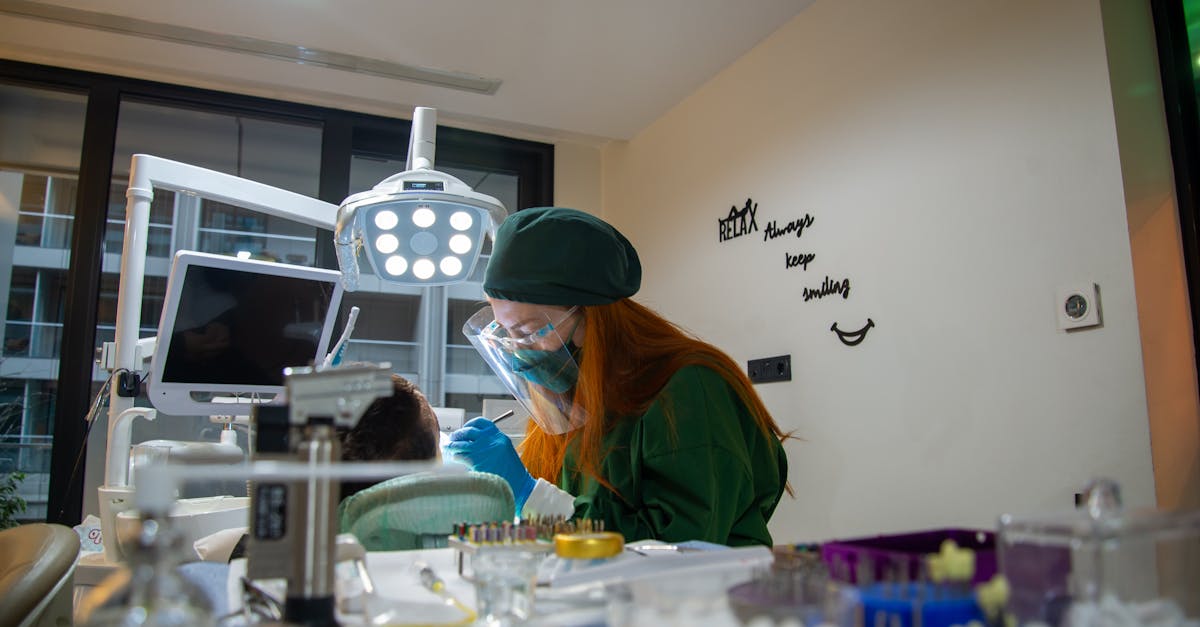
Connecting with others through matod
Connecting with others through matod can be a powerful way to form bonds and find support within a community. The shared experience of navigating the challenges and triumphs of Medication-Assisted Treatment (MAT) with others who understand can create a sense of belonging and understanding that is hard to find elsewhere. Being able to talk openly about struggles and successes related to matod can foster empathy and connection, ultimately strengthening the relationships between individuals in the group.
Through the shared journey of matod, individuals can build a network of support that extends beyond the treatment itself. This sense of community can provide a safe space for individuals to share their experiences, seek advice, and offer encouragement to others facing similar challenges. By connecting with others through matod, individuals can feel less isolated in their journey and find comfort in knowing that they are not alone in their struggles with medication-assisted treatment.
Building relationships and community through shared matod experiences
Building relationships and forming a sense of community through shared matod experiences can significantly enhance one's journey towards recovery. The bond that is created when individuals come together to support each other through their Medication-Assisted Treatment can be incredibly powerful. Sharing stories, challenges, and victories with others who are walking a similar path can foster a deep connection and understanding that may not be easily found elsewhere.
In these shared matod experiences, individuals often find a safe space where they can openly discuss their struggles and triumphs without fear of judgment. The solidarity that comes from knowing that others are facing similar obstacles can be incredibly comforting and empowering. Through this collective support, individuals can lean on each other for encouragement, advice, and companionship, ultimately strengthening their resolve to continue on their journey towards wellness.
Matod as a form of selfexpression
Matod, short for Medication-Assisted Treatment of Opioid Dependence, extends beyond just a clinical intervention. For many individuals, engaging in matod represents a unique form of self-expression. The act of participating in this treatment method allows individuals to convey their journey towards recovery and share a part of their identity that is often overlooked. Through matod, individuals can communicate their strength, resilience, and commitment to overcoming challenges that may have once seemed insurmountable.
Furthermore, matod serves as a creative outlet for personal growth and reflection. As individuals engage with this treatment approach, they are provided with an opportunity to explore their emotions, experiences, and aspirations in a meaningful way. By actively participating in matod, individuals can express themselves authentically and work towards aligning their actions with their core values. In this sense, matod enables individuals to not only navigate the complexities of their recovery journey but also to articulate their hopes for the future.
Using matod as a creative outlet for personal growth and reflection
Using Matod as a creative outlet for personal growth and reflection allows individuals to express themselves in a unique and introspective way. For those undergoing Medication-Assisted Treatment (MAT) for addiction, engaging in Matod can provide a means of exploring emotions, experiences, and aspirations beyond the constraints of traditional communication. Through visual representation and symbolism, Matod enables individuals to delve into their inner thoughts and feelings, facilitating a deeper understanding of themselves and their journey towards recovery. By incorporating personal experiences and struggles into their artistic creations, individuals in MAT can process their emotions and gain insights into their own healing process.
Moreover, Matod serves as a testament to personal growth and transformation throughout the recovery journey. As individuals in MAT continue to create art pieces that reflect their progress and struggles, they can visually witness their evolution and resilience over time. This visual representation of their recovery journey through Matod can serve as a source of motivation and empowerment, reminding them of their strength and determination to overcome challenges. Ultimately, using Matod as a creative outlet for personal growth not only fosters self-reflection and emotional expression but also reinforces a sense of agency and hope in the recovery process.
The role of matod in promoting mental health and wellbeing
Matod plays a significant role in promoting mental health and well-being. Engaging in matod allows individuals to focus on the present moment, fostering mindfulness and reducing stress levels. Through the practice of matod, individuals can find a sense of calm and relaxation, which can be beneficial for their overall mental health. Moreover, the creative outlet that matod provides can serve as a form of self-expression, allowing individuals to explore their emotions and reflect on their experiences.
Utilising matod as a means of promoting mental health can complement traditional forms of therapy and medication-based treatments. Incorporating matod into mental health care can offer individuals a holistic approach to their well-being. By integrating matod with therapy and medication-assisted treatment, individuals may experience enhanced outcomes and improvements in their mental health. The combination of medication-assisted treatment and matod can create a comprehensive approach to mental health and well-being, addressing both the physiological and psychological aspects of an individual's health.
How matod can contribute to mindfulness and stress relief
Engaging in matod can be a powerful tool in promoting mindfulness and relieving stress. By immersing oneself in the rhythmic movements and intentional actions of matod, individuals can cultivate a sense of present-moment awareness and focus. This practice allows them to disconnect from external stressors and distractions, creating a space for inner peace and mental clarity. Through the repetition and concentration required in matod, practitioners can enter a state of flow where worries fade away, and a sense of calm prevails.
Furthermore, matod serves as a form of physical and emotional release, enabling individuals to channel their energy and emotions constructively. This active expression can help in releasing pent-up tension and anxiety, providing a cathartic outlet for stress relief. As individuals move through the sequences and transitions of matod, they can release any negative emotions stored in the body, leading to a greater sense of well-being and emotional balance. This holistic approach to stress management through matod complements other wellness practices, such as mindfulness meditation and medication-assisted treatment, in promoting mental health and overall well-being.
FAQS
What is matod?
Matod is a term used to describe a form of creative expression that involves connecting with others through shared experiences and building relationships within a community.
How can matod be used as a form of self-expression?
Matod can be used as a creative outlet for personal growth and reflection, allowing individuals to express themselves in unique and meaningful ways.
What role does matod play in promoting mental health and well-being?
Matod can contribute to mindfulness and stress relief, helping individuals to relax, unwind, and focus on the present moment for improved mental well-being.
Can matod help in building relationships and fostering a sense of community?
Yes, sharing matod experiences with others can help in building connections, creating a sense of belonging, and fostering a supportive community environment.
How can individuals use matod as a tool for personal development?
By engaging in matod as a creative practice, individuals can explore their thoughts, feelings, and emotions, leading to personal growth and self-discovery.
